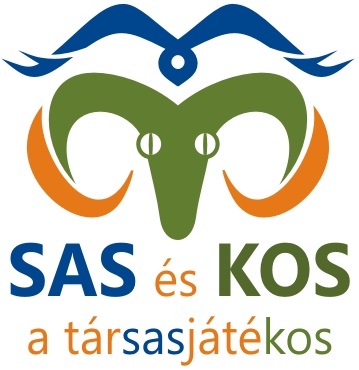1794 elején General Cobourg, a koalíciós hadseregek generalisszimusza, abban a reményben élt, hogy a közelgő hadjárat során térdre kényszeríti a forradalmi Franciaországot.
A döntő hadműveletekre Észak-Franciaországban került volna sor, ahol a koalíciós seregek már számos erődítményt elfoglaltak. De tervei sikeréhez sikeresen le kellett győznie az Armée du Nord-ot, amely az előző hadjárat során már vereséget mért Hondschoote and Wattignies-ra. Május hónapban General Mack, Chief of Staff-től Prince of Coburg-ig egy manővert eszelt ki, hogy bekerítse a Courtrai környékén működő Armée du Nord nagy részét.
Május 17-én (a II. év 28-án) a hat oszlopra osztott koalíciós hadsereg támadásba lendült. Az első összecsapásokra Roubaix környékén került sor, Tourcoing and Mouscron, amely a koalíció kezébe került. A franciák azonban összeszedték magukat, és ellentámadást indítottak Mouscron ellen, amelyet keményen megfékeztek. Bussche tábornokainak oszlopa, amelyet súlyosan megfékeztek, szánalmasan Tournai felé vonult vissza.
Május 18-án (május 29-én) Cobourg a kudarc ellenére is megőrizte önbizalmát, és folytatni szándékozott a támadást. Alábecsülte azonban a szektorban állomásozó ellenséges csapatok parancsnokát, General Souham-t, aki erőteljes ellentámadást szervezett. Míg Moreau hadosztálya General Clairfayt erős oszlopa ellen védekezett, a többi francia egység General Otto and the Duke of York oszlopaira vetette magát. Tourcoing-t visszafoglalják, és mindkét oszlop meginog a meglepetéstől. Hamarosan visszavonulásra kényszerülnek, ami fokozatosan vereségbe torkollik. A Duke of York kénytelen lovával az Espierre folyóba ugrani, hogy elkerülje az elfogást. Miután tudomást szerez Otto és Duke of York oszlopainak megfutamodásáról, a többi szövetséges oszlop visszavonul.
A franciák továbbra is uralják a csatateret, és egyértelmű győzelmet arattak, amelyet valamivel több mint egy hónappal később a Fleurus-i győzelem követ.
*A fenti szöveg automatikusan lett létrehozva. Az eredeti, idegen nyelvű leírást az "Eredeti leírás" lapfül alatt találod.






GYERE! TÁRSASOZZ VELÜNK!
Címkék
társasjáték, angol, BlackFire
At the beginning of 1794, General Cobourg, generalissimo of the coalition armies, cherished the hope of bringing revolutionary France to its knees during the coming campaign.
The decisive operations were to take place in the north of France, where the coalised armies already occupied several strongholds. But to succeed in his plans, he must succeed in defeating the Armée du Nord, which had already inflicted the defeat of Hondschoote and Wattignies during the previous campaign. During the month of May, General Mack, Chief of Staff to the Prince of Coburg, conceived a manoeuvre to encircle a large part of the Armée du Nord operating around Courtrai.
On 17 May (28 Floréal Year II), the coalition army, divided into six columns, went on the offensive. The first engagements took place around Roubaix, Tourcoing and Mouscron, which fell into the hands of the coalition. But the French pulled themselves together and launched a counter-attack on Mouscron, which they fought hard to regain. Bussche's column of generals, seriously curbed, pitifully withdrew towards Tournai.
On 18 May (29 May), Cobourg, in spite of this setback, remained confident and intended to continue his offensive. But he underestimated the commander of the enemy troops in the sector, General Souham, who organized a powerful counter-attack. While Moreau's division shielded itself against General Clairfayt's powerful column, the rest of the French units threw themselves on the columns of General Otto and the Duke of York. Tourcoing is retaken and both columns waver in shock. They are soon forced to retreat, which gradually turns into a rout. The Duke of York is forced to jump with his horse into a river, the Espierre, to escape capture. On learning of the rout of Otto's and the Duke of York's columns, the other allied columns retreat.
The French remain in control of the battlefield and win a clear victory which will be followed, a little more than a month later, by that of Fleurus.





